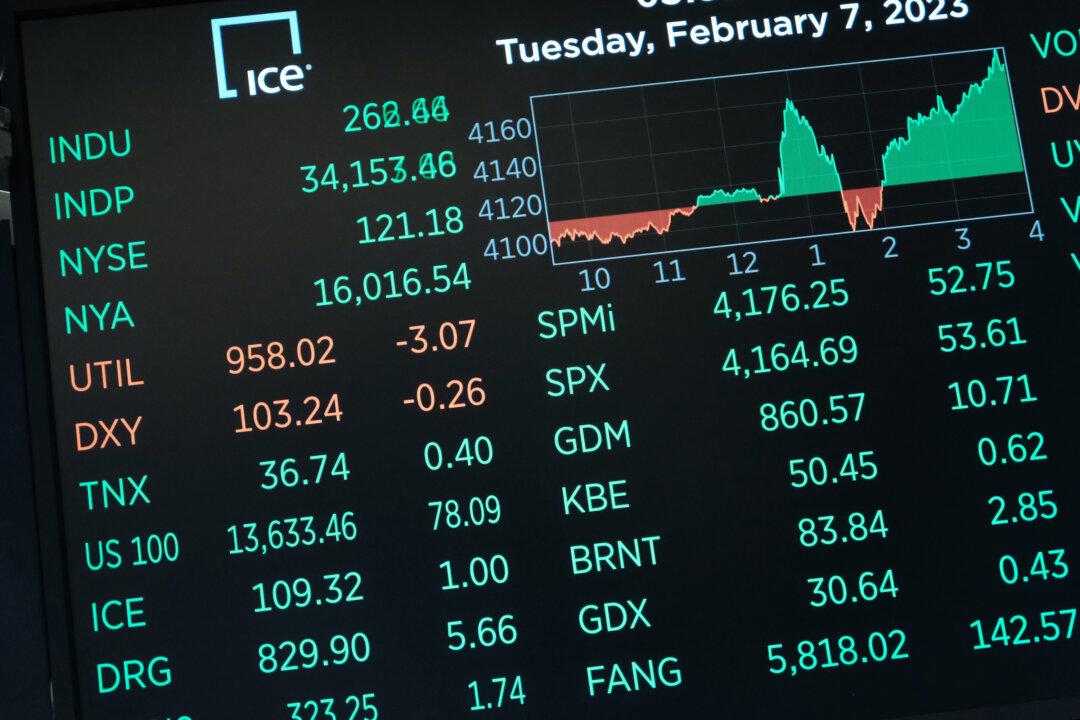Commentary
On Feb. 21, the stock market got hit by a freight train. It surprised a lot of people because unlike the groundhog, they were starting to warm up and think the winter in stocks had ended.

On Feb. 21, the stock market got hit by a freight train. It surprised a lot of people because unlike the groundhog, they were starting to warm up and think the winter in stocks had ended.